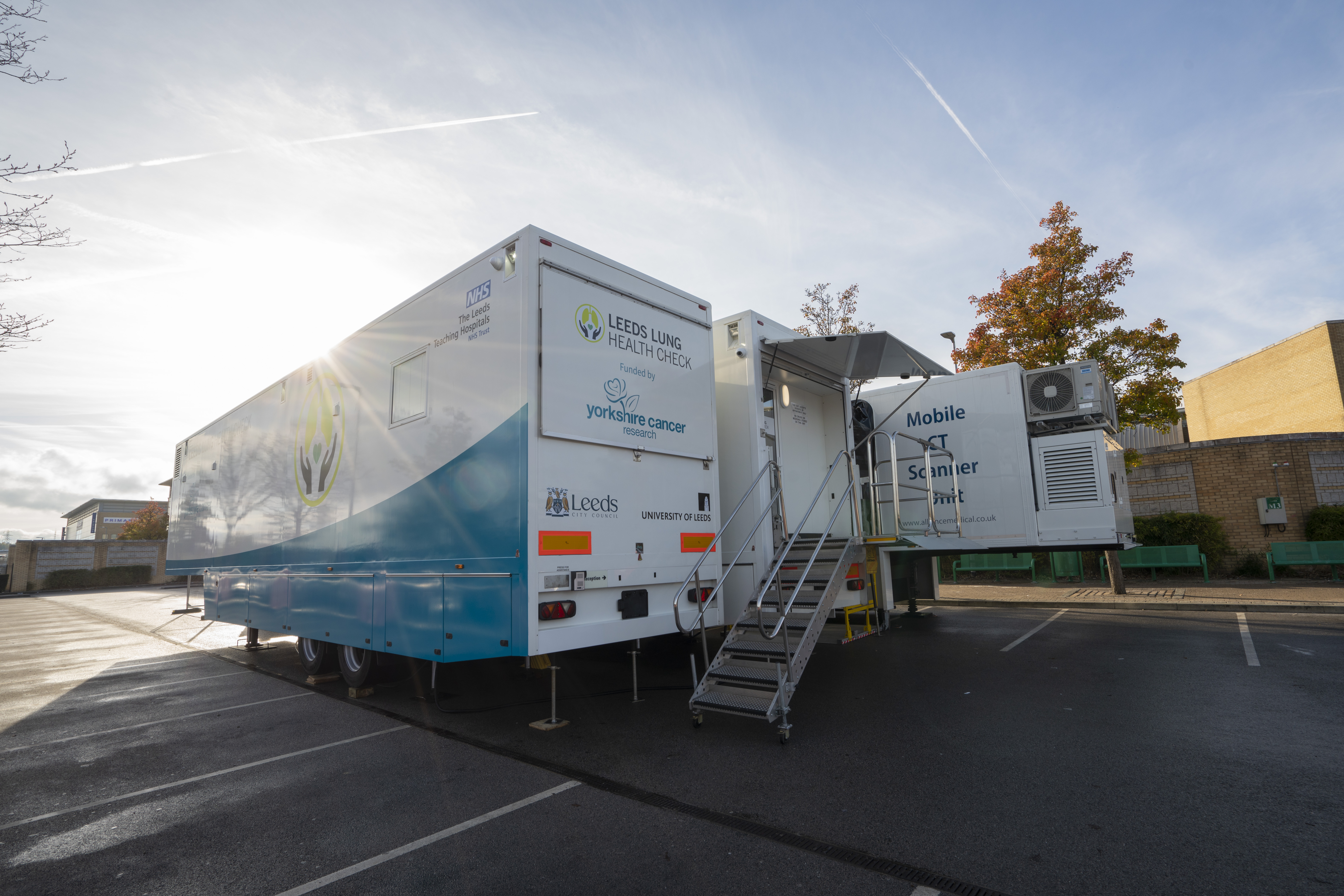NHS LTP: a glimpse into the future of disease prevention?

Keith Austin, CEO and Founder of EMS Healthcare, discusses the minor point overlooked by many in the NHS Long Term Plan and what it could mean for the future of healthcare.
The much-anticipated NHS Long Term Plan was launched at the start of this year, with many wondering how Mrs May’s £20.5 billion cash injection is set to be spent across the next 5 years. Whilst a long overdue boost to our mental health services dominated headlines, there was relatively little attention given to perhaps the most innovative step – a commitment to deploying more mobile lung CT scanners directly into community hubs.
Though it takes up a very small section in the plan, its potential to save thousands of lives shouldn’t be underestimated.
“From 2019, we will deploy more mobile lung CT scanners – taking the support to people in supermarket car parks – starting in parts of the country with the lowest lung cancer survival rates.” – NHS Long Term Plan
Traditional application
This is the first time the NHS has outlined a commitment to utilising mobile units in this way. Traditionally, mobile medical units have been used to alleviate pressure when a hospital is facing capacity issues or to avoid disruptions to services when disaster strikes. At EMS Healthcare, we’ve seen trusts benefit from mobile units to facilitate vital chemotherapy, decontamination, ophthalmology and renal dialysis services – to name a few.
For instance, we recently provided support to the University Hospital of Leicester NHS Trust with a mobile decontamination unit whilst the trust underwent the centralising of its endoscopy departments, resulting in minimal disruption to their services.
The value of mobile units in these situations is very much being realised; it is now about looking towards how units can be used more proactively and for entirely new purposes.
A new approach
What the NHS LTP has highlighted, is a desire to be more proactive in disease prevention, working closely with local primary care services to identify high risk patients earlier and take specialist diagnoses centres directly to them. This will facilitate early detection and quite literally save lives, as most diseases are far more treatable in their initial stages.
By deploying to supermarket car parks, these test centres are putting themselves at the very heart of communities, in accessible locations where people live their day-to-day lives. This not only makes them easier to reach, but for many it makes going for treatment far less intimidating – they can head over to somewhere familiar, and undergo treatment in a purpose-built, comfortable environment.
For our primary healthcare services, the benefits are huge, as they will experience next to no strain on their capacity, whilst greatly expanding their capabilities – making a direct impact on areas that require their support the most.
Putting it into practice
We’re currently working on an initiative leading the way in doing just this – the Leeds Lung Health Check. Part of a multi-million-pound investment by Yorkshire Cancer Research, the project aims to carry out Lung Health Checks on over 7,000 people thought to be at high risk of lung diseases such as cancer. The means of carrying out these checks is a mobile medical unit fitted with a CT scanner, to make treatment as accessible as possible.
In the past, we’ve seen the benefits of similar early detection campaigns, such as with Jo’s Cervical Cancer Trust on the Be Cervix Savvy Roadshow. Travelling into the heart of communities at 16 different locations across the UK, the trust’s goal was to save lives by raising public awareness around cervical cancer, cervical screening and the cervix. Targeting areas where cervical screening attendance was low, the campaign had a distinct and measurable impact, observing a sharp increase in calls regarding cervical screening as a result.
Reducing disease inequality
New scientific research and advances in data analysis has made identifying groups at a high risk of cancer and other diseases easier than ever – marry that with the flexibility of mobile units and there is real opportunity to save thousands, if not millions of lives. By adopting a proactive approach that directly targets groups most at-risk, there is no reason why we can’t significantly reduce inequalities in disease outcomes.
The commitment to more mobile lung CT scanners is a massive stride forward by our primary health service and deserves more recognition than it has enjoyed so far. Around 600,000 people deemed to be at high risk will have the chance to attend a screening appointment within a unit, leading to early detection of an estimated 3,400 cases of lung cancer.
We should now be looking towards how we can apply this approach to similar problem areas. There is a great deal of other diseases that could benefit greatly from a proactive approach that is grounded in patient accessibility. The sooner this is realised, the greater the impact on patient outcomes.
For more information on the work of EMS healthcare, click here
